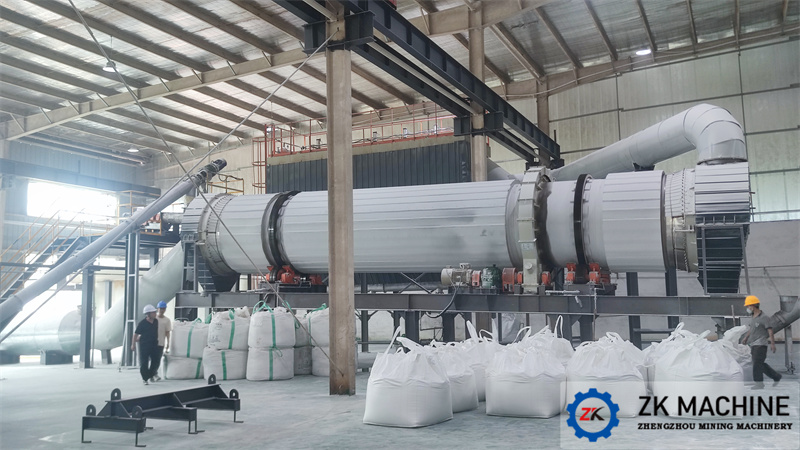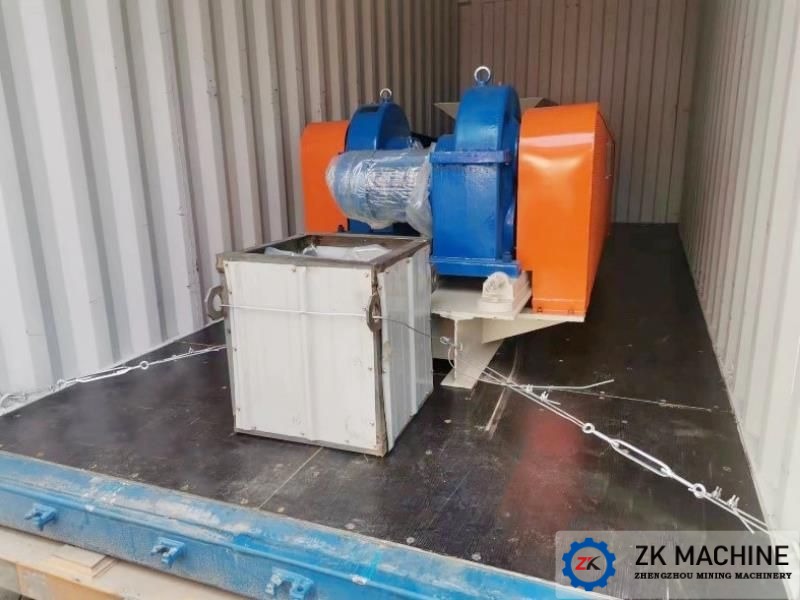The Future Trend of Sludge Disposal
With the advancement of pollution prevention and control battles, my country's sewage treatment rate has exceeded 90%, and sludge, which is an important by-product of sewage treatment, is also produced in large quantities along with the expansion of sewage treatment scale. But in sharp contrast to the high sewage treatment rate is the harmless disposal rate of sludge less than 30%. According to the clear instructions of the "Thirteenth Five-Year Plan for Ecological Environmental Protection", by the end of 2020, the harmless treatment and disposal rate of sludge in prefecture-level and above cities will reach 90%, and it is urgent for sludge disposal to get out of the "muddy" predicament.
According to statistics, my country's current total sewage treatment is about 200 million tons/day, and the rough calculation of wet sludge production is about 200,000 tons/day. The output is amazing. However, due to the long-term “heavy water over sludge” in the industry, about 30 million tons of sludge produced in my country each year have not been properly settled. The situation is not optimistic, and sludge disposal has become an important bottleneck restricting the healthy development of sewage treatment plants.
Related research believes that in 2020, the annual output of municipal sludge in my country will reach 60 to 90 million tons. Under the trend of increasing sludge disposal gap, how to expand the sludge disposal market and explore sludge resource utilization technologies is the only way for innovation and breakthroughs in the sewage treatment industry. How to open up the "last mile" of sewage treatment and find a suitable outlet for sludge disposal has become a difficult problem to be solved.
Sludge disposal technology has blossomed in many places, and sludge resource conversion has become the general trend
In recent years, sludge has changed from a single landfill disposal to multiple disposal methods combining landfill and agronomic use, incineration and digestion. Among them, the “disposal” of sludge (such as landfilling, agricultural use) is the simplest and most economical method. In China, where the land is rich and abundant, the “disposal rate” of sludge is as high as 70%. In terms of economy and ease of operation, “discarding” is certainly popular, but due to space and agricultural constraints, my country’s existing landfills will operate at full capacity. There are not enough landfill sites that can sustainably receive sludge, the technical route is also temporary and transitional, and landfilling does not conform to the concept of a waste-free city and future development trends advocated by our country. In addition, according to feedback from some landscaping companies, the effect of sludge on plant growth is far less than that of fertilizers, and it is sticky and has a heavy taste. Therefore, landscaping companies are not actively accepting free. It can be seen that landfill and agricultural use of sludge is not the best long-term feasible way of sludge disposal.
It is generally believed that the investment and operating costs of sludge incineration are too high, and it is easy to cause air pollution. Generally, composting and digestion are considered first. However, the outlets for sludge composting are limited. After anaerobic digestion, 50% to 70% of the sludge organic matter remains, and the incineration process has to be increased for final disposal.
Simple incineration can achieve sludge reduction and harmlessness, but it has not realized the resource utilization, and the cost is relatively high. The company loses money. The sludge is mixed through other solid wastes, such as construction waste, contaminated soil, etc. It can be used in construction, flowers, filter materials and other industries as green lightweight building materials, which can realize four goals of reduction, harmlessness, recycling and stabilization of sludge and other solid wastes, and obtain considerable benefits, from this sludge through the proportion of other solid waste burning ceramsite is the way to deal with the sustainable development of sludge.




